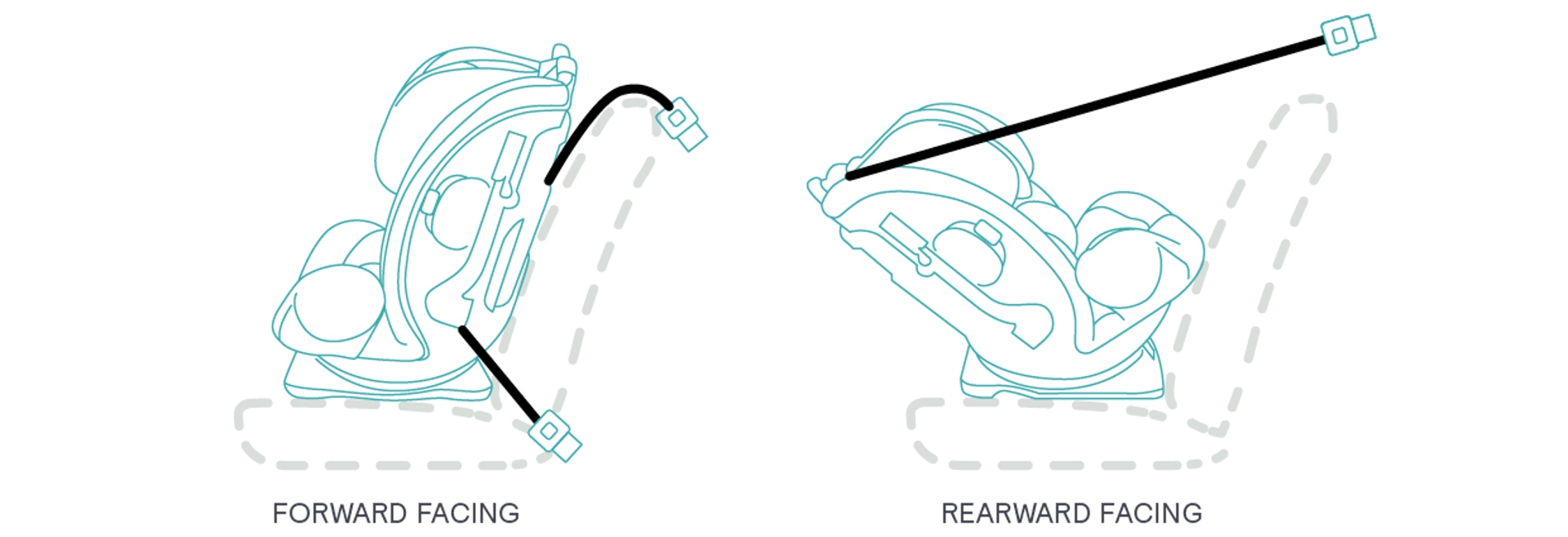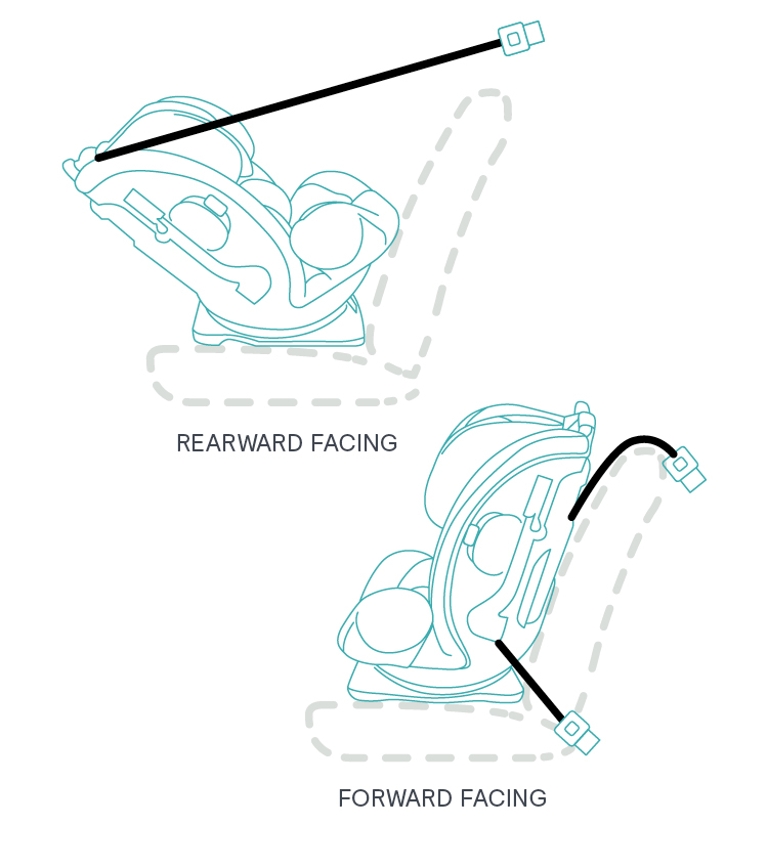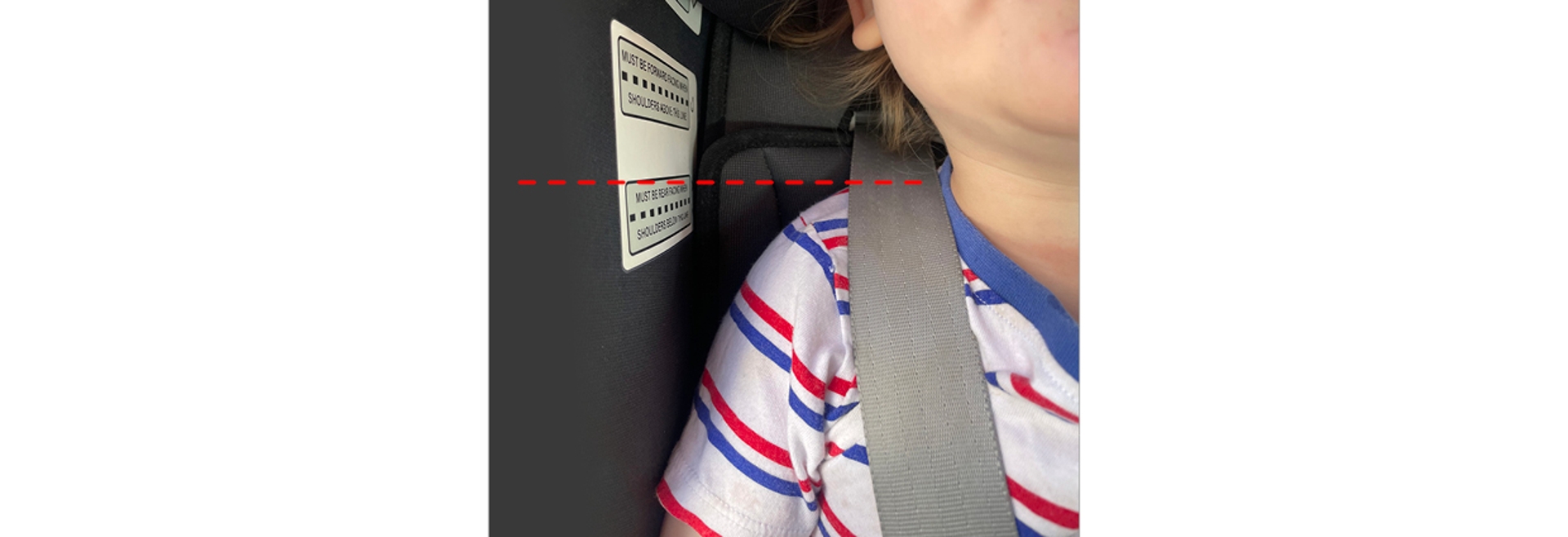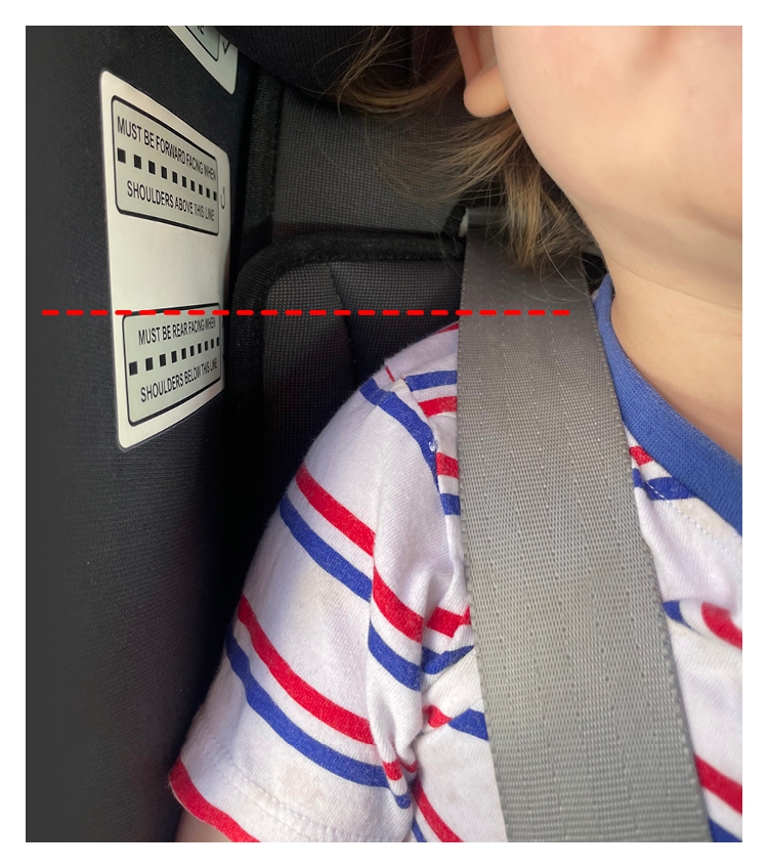Everything you need to know about convertible 0-8 car seats
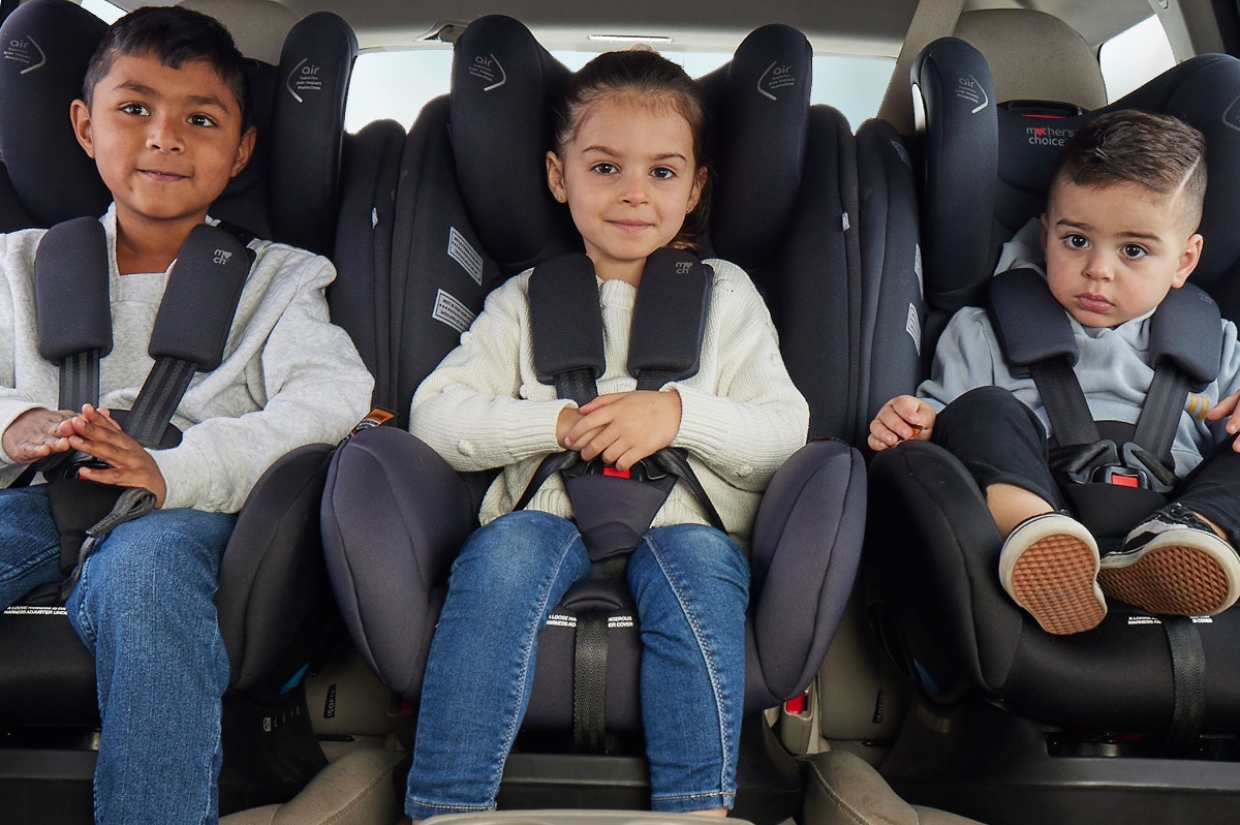
Car seat type: A4/G (extended rear-facing, extended harnessing). Age range: 0-8 years*
*This age range is a guide only. Your child may fit a seat for a longer or shorter amount of time depending on their seated height.
What's included in this guide:
- Benefits and drawbacks of a 0-8 year convertible car seat
- Differences between 0-8 year and 0-4 year convertible seats
- When to turn a child in a 0-8 year car seat
- What happens with kids' legs when they rear-face as they grow
- Features to look for when purchasing a seat
- Information on buying a second-hand car seat
What is a convertible 0-8 car seat?
A 0-8 car seat is exactly what it sounds like – it has modes to cater to children from newborns through to approximately 8 years old. The seats currently available in this category allow your child to begin using it at birth, with extended rear-facing capabilities until approximately 2.5 years old. They then can be used as a forward-facing harnessed seat until approximately 8 years old.
Is it worth buying a 0-8 car seat?
Depending on your budget, your child and the size of your vehicle, a 0-8 seat might be a great option for your family.
Benefits of using a 0-8 convertible car seat:
- Because they can take your child from birth right through to not needing a car seat any more (for most children), you may not ever need to purchase another seat for your little one, so 0-8 seats can offer amazing value for money.
- These seats support current best-practice safety guidelines in Australia, offering extended rear-facing and extended harnessing.
Drawbacks to using a 0-8 convertible car seat:
- A 0-8 car seat has a very large shell to accommodate the growth of your child, so they might not be suitable for people with limited space in their vehicle.
- Despite the great long-term value for money, these seats are more expensive to purchase than the alternatives for each age group, and the initial outlay to purchase a 0-8 seat may not be possible for all families.
What is the difference between 0-4 convertible car seats and 0-8 convertible car seats?
The main differences between these two types of child and baby seats are size and cost.
A 0-8 year car seat needs to have space to accommodate a child right up until they are around 8 years old which is why the shell of the seat is much larger. A 0-4 baby car seat is much more compact since it is outgrown of much earlier.
Due to how long they last, a 0-8 year seat will cost more initially, making them a great investment if you can afford the upfront expense, but for families wanting to stick to a budget, a 0-4 seat may be more realistic.
When should I turn my child around in a 0-8 car seat?
Legally, you can turn your child forward-facing from as young as 6 months old*if they meet the minimum height according to the markers of the seat you’re using. Because a 0-8 seat is designed for extended rear-facing, children typically reach the first marker (where they may be turned, but also may continue to rear-face), much later than in a standard car seat. Following the markers isbest to know when to turn your child, as the markers indicate the manufacturer’s guidelines specifically foryour chosen seat.
*Note: We recommend leaving your child rear-facing for as long as your car seat allows them to, but for at least the first 12 months,because it’s the safest way for them to travel in a vehicle.
The child in the image below is approximately 2.5 years old and in an extended rear-facing-capable 0-4 convertible car seat. The harness strap is coming from above their shoulder, which is essential when rearward facing in a car restraint. You can see their shoulder is above the first marker, which means that according to the car seat manufacturer theycouldbe turned forward-facing, but they are still under the second marker, meaning they still have significant torso growth before the seatmustbe turned forwards.
Where will my child put their legs when rear-facing as they grow?
This is a common concern for many parents and well-meaning relatives. You’ll be reassured to know that kids are generally very comfortable when rear-facing, no matter how they appear to adults.
Here are a couple of points to remember when you notice your little one becoming not-so-little:
- Kids are flexible – their legs can flare out at the knees, they can cross their legs, they can rest the feet on the back of the seat in front of them, or they can drape the feet out over the sides. They can and will move their legs into comfy positions as they grow.
- Reclining is comfortable in general! Many kids who rear-face until toddlerhood find forward-facing much less comfortable because their legs dangle from the knee. When rear-facing, they have foot support, reducing pressure points. It’s also a much more supportive position for the head of a child who is relaxing after a big day out and about!
What features to look for when choosing a 0-8 car seat
With only a couple of brands currently offering 0-8 car seats that meet Australian standards (InfaSecure and Mother’s Choice each have models in this range), knowing what features are important to you is handy when choosing which brand and model you want. Some features are specifically for car seat safety, whereas others are more for comfort and ease of use. We’ve grouped safety and installation features together because installing a seat correctly is key for car seat safety, so any features that make installation easier are helpful and important.
Safety and installation features & considerations
Easy-adjust harness
The height of the harness is extremely important to maintain for safety, especially for children who are rear-facing. As they grow, you need to raise the harness height to fit their body properly. In the past, to raise the harness height, you would need to uninstall the seat to unthread and rethread the harness straps, then reinstall the seat. These days, some models have easy-adjusting harnesses, where the harness height adjusts automatically when you move the headrest up to the next level.
Side impact protection
Unlike front-on accidents, with a side impact there is very little between your child and the outside world to absorb the force. Side impact protection adds extra layers of cushioning to either the head region, the torso region, or both, which helps protect your child’s body in an accident.
The potential size of your baby
An average-sized newborn should fit in any seat from birth, and seats come with special padding to ensure new bubs are cosy and comfy, but if your little one might be extra tiny you may want to consider having a capsule designed for small babies on-hand for the first few months.
Depth of the car seat when rear-facing
Since 0-8 seats already tend to be bigger than other car seats, the dimensions of the model you’re thinking about may be an important factor. If you can, try the car seat in your vehicle and change the headrest height to ensure your seat will continue to fit as your child grows. Even if you can’t physically try the seat in your vehicle, Baby Bunting installers have a lot of experience fitting seats in a variety of cars and can let you know whether a deeper rear-facing seat might fit in your vehicle.
Recline options when forward-facing
Different models of car seat offer different levels of recline when they are facing forwards in your vehicle. Typically, being more reclined is a bit comfier for younger children.
Should I purchase a second-hand 0-8 car seat?
There are some forms of wear and tear you won’t always be able to see, even if a seat looks OK from the outside. If it’s possible for your situation, purchasing a new car seat offers a level of assurance that the seat will function as expected in case of an accident.
If you’re considering using a second-hand 0-8 car seat for your child, here are some questions to ask before installing it:
- What is the full history of the car seat? Has it been in an accident?
- Has the seat suffered any visible damage or been modified in anyway?
- Is the restraint in line with current manufacturing standards, or does it meet previous versions of the standard?
- Is the seat complete with all the components in place?
When using a second-hand car seat, proceed with caution and ensure you trust the person you are getting the restraint from.
For more information on car seats, the laws around using them, or tips to ensure a safer ride, visit our car seat information page.
Alternatively, you can use the search function to browse and shop our range of 0-8 car seats online.



